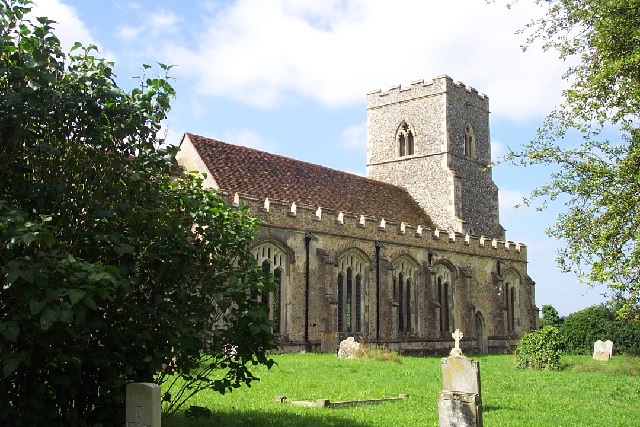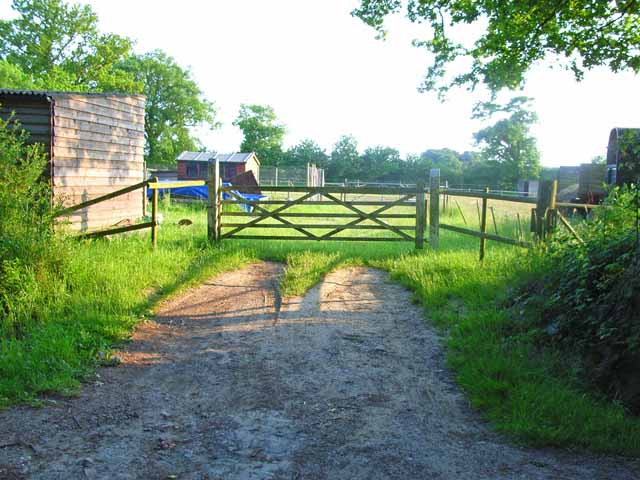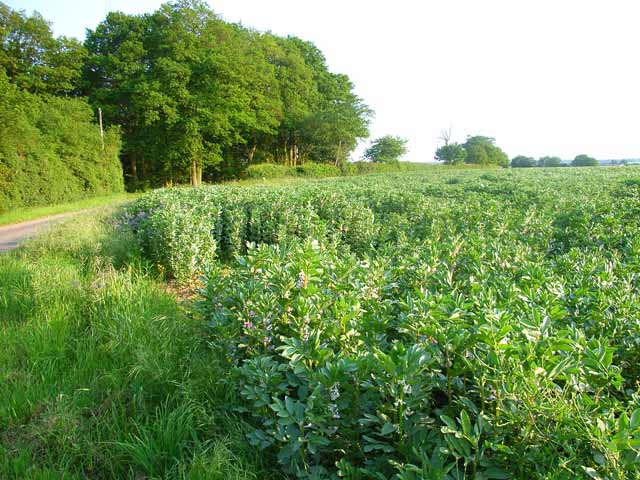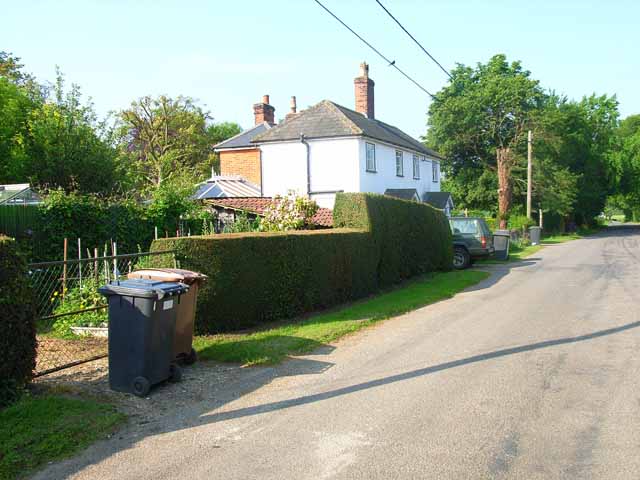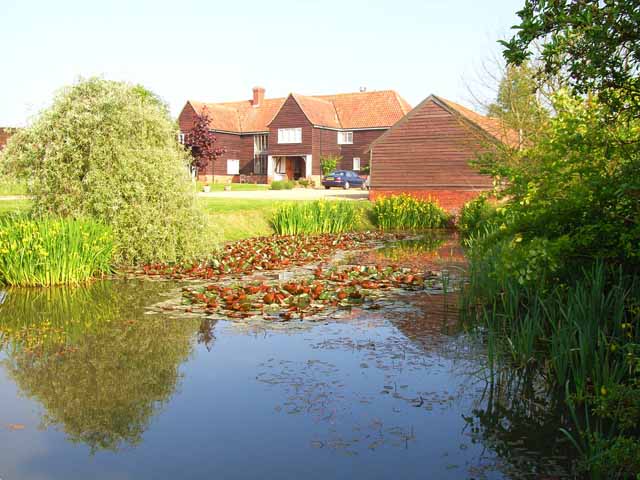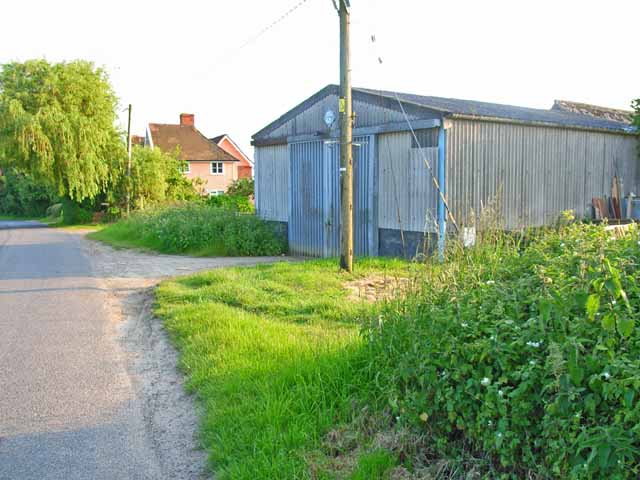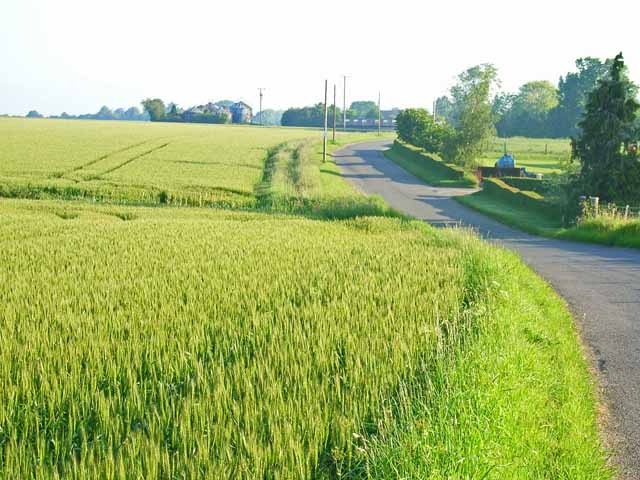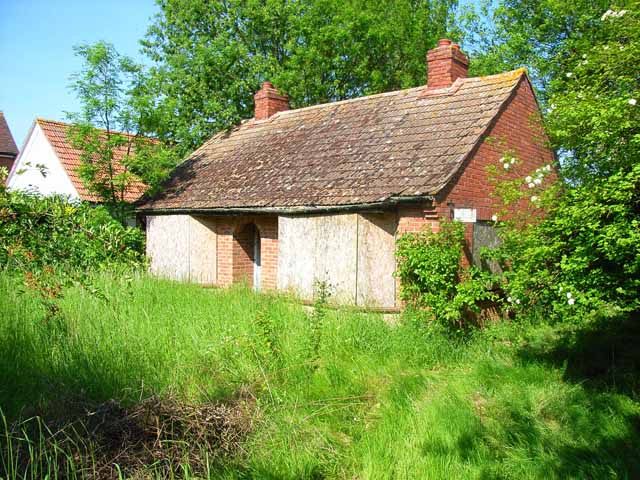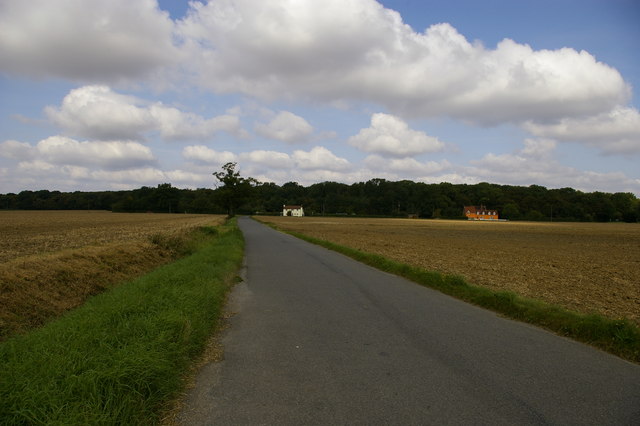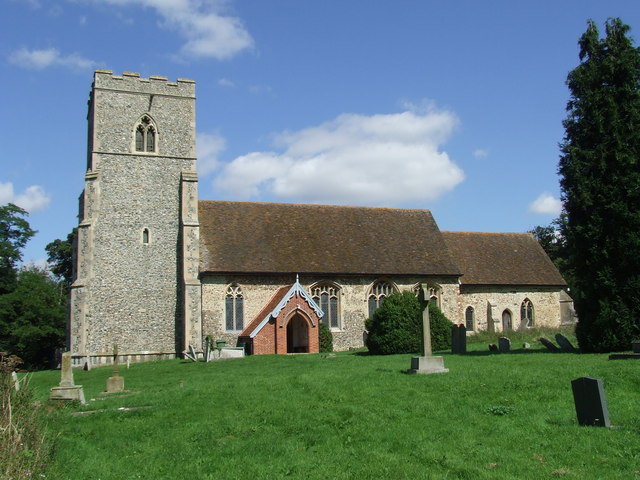Broad Street
Settlement in Suffolk Babergh
England
Broad Street

Broad Street is a vibrant and historic street located in the town of Suffolk, England. Situated in the heart of the town center, it stretches for approximately half a mile, running parallel to the River Orwell. The street is characterized by its charming architecture, a mix of traditional timber-framed buildings and more modern structures.
Broad Street is known for its diverse range of shops, boutiques, cafes, and restaurants. Visitors can find an array of independent retailers, offering everything from antiques and vintage clothing to artisanal goods and local crafts. The street also boasts a variety of eateries, catering to different tastes and budgets, ranging from trendy coffee shops to traditional pubs serving hearty British cuisine.
In addition to its commercial offerings, Broad Street is home to several notable landmarks and attractions. The Suffolk County Council headquarters, a striking modern building, can be found at one end of the street. At the other end, the historic St. Peter's Church, dating back to the 14th century, stands tall, offering a glimpse into Suffolk's architectural heritage.
Throughout the year, Broad Street plays host to a range of events and festivals, attracting both locals and tourists. These include food markets, live music performances, and seasonal celebrations. The street's vibrant atmosphere and welcoming community make it a popular destination for leisurely strolls, shopping, and socializing.
With its rich history, diverse offerings, and lively ambiance, Broad Street stands as a vibrant hub in the town of Suffolk, captivating visitors and residents alike.
If you have any feedback on the listing, please let us know in the comments section below.
Broad Street Images
Images are sourced within 2km of 52.051097/0.85702753 or Grid Reference TL9543. Thanks to Geograph Open Source API. All images are credited.


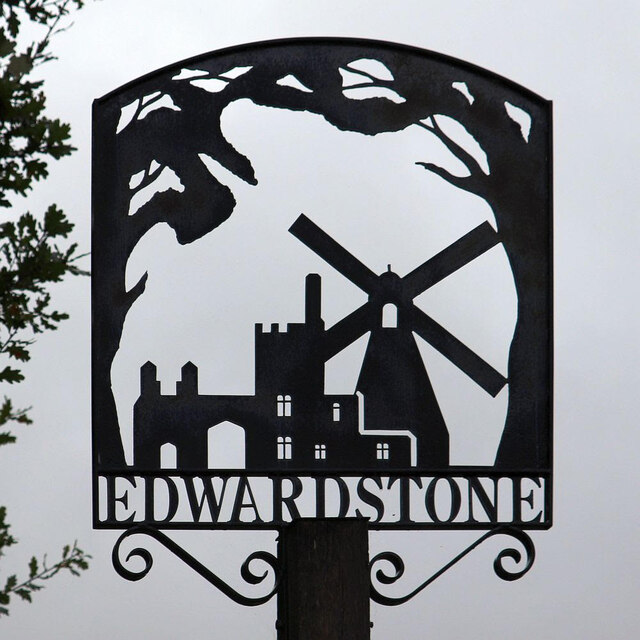
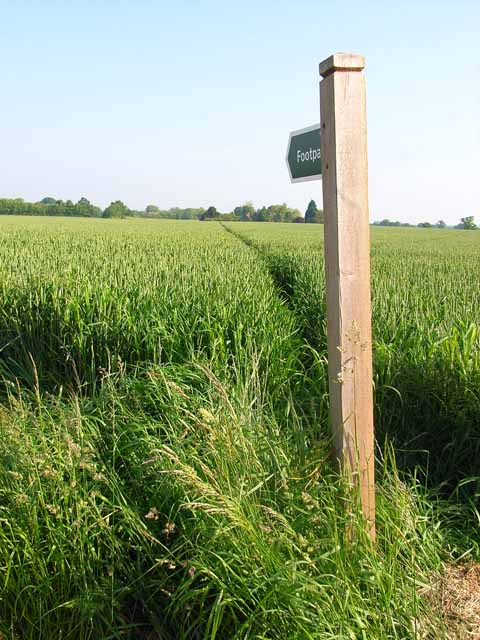
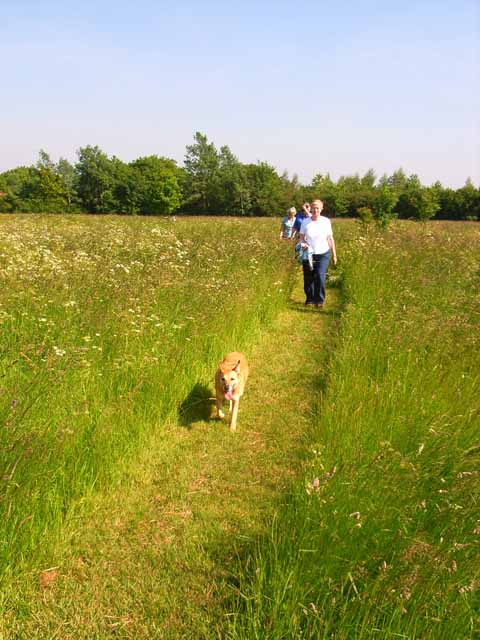
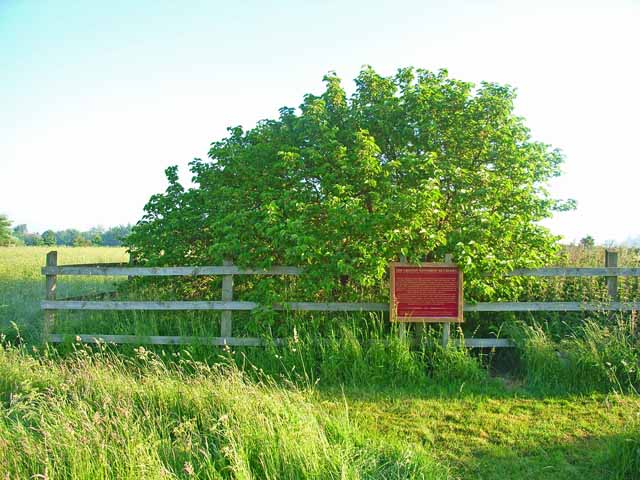
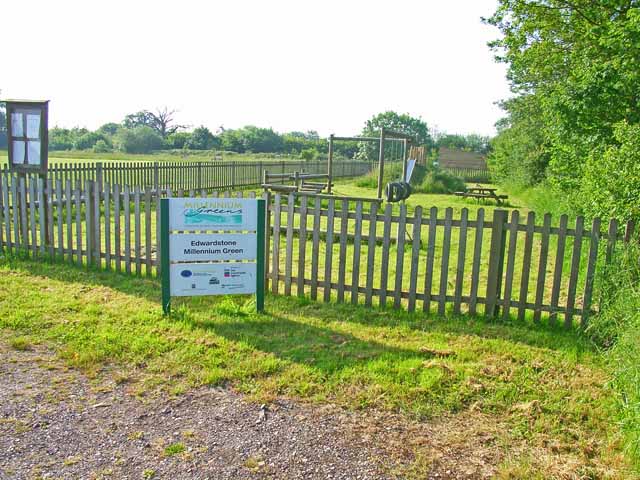
Broad Street is located at Grid Ref: TL9543 (Lat: 52.051097, Lng: 0.85702753)
Administrative County: Suffolk
District: Babergh
Police Authority: Suffolk
What 3 Words
///fluctuate.knocking.downhill. Near Great Waldingfield, Suffolk
Nearby Locations
Related Wikis
Groton, Suffolk
Groton is a village and civil parish in the Babergh district, Suffolk, England, located around a mile north of the A1071 between Hadleigh and Sudbury....
Milden Thicks
Milden Thicks is a 42.3-hectare (105-acre) biological Site of Special Scientific Interest east of Great Waldingfield in Suffolk, England. It is in four...
Groton Wood
Groton Wood is a 20.2-hectare (50-acre) biological Site of Special Scientific Interest north-east of Groton in Suffolk. It is owned and managed by the...
Edwardstone
Edwardstone is a village and civil parish in the Babergh district, in the county of Suffolk, England. The parish contains the hamlets of Mill Green, Priory...
Boxford, Suffolk
Boxford is a large village and civil parish in the Babergh district of Suffolk, England. Located around six miles east of Sudbury straddling the River...
Lindsey, Suffolk
Lindsey is a small village and a civil parish, located in mid-to-south Suffolk, under the purview of Babergh District Council. == Layout == The parish...
Edwardstone Woods
Edwardstone Woods is a 27 hectare biological Site of Special Scientific Interest near Edwardstone in Suffolk, England. It is in four areas, Park Wood with...
Milden Castle
Milden Castle was a motte-and-bailey castle on Foxburrow hill in Milden, a village in Suffolk, England. It was built in the 12th century, but today all...
Nearby Amenities
Located within 500m of 52.051097,0.85702753Have you been to Broad Street?
Leave your review of Broad Street below (or comments, questions and feedback).
